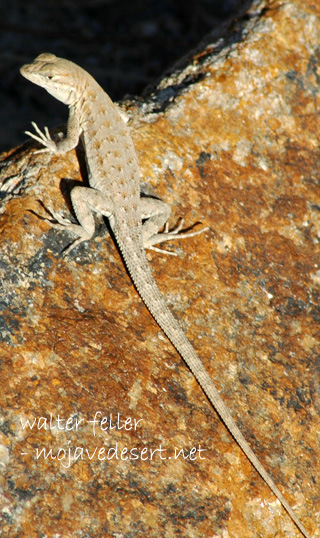Introduction:
Side-blotched lizards, scientifically known as Uta stansburiana, are a remarkable species of reptiles that inhabit the arid regions of North America. These small, agile creatures have captured the attention of many researchers and reptile enthusiasts due to their unique characteristics and intriguing social behavior. In this blog post, we will delve into the world of side-blotched lizards, exploring their physical attributes, habitat, feeding habits, and the fascinating dynamics of their social interactions.
Physical Attributes:
Side-blotched lizards are relatively small, measuring 2 to 3.5 inches long. They have slender bodies covered in scales, providing protection and aiding their movement across rocky terrains. These lizards are known for their distinct color patterns, with males displaying three primary throat colors – orange, yellow, or blue – each representing a different mating strategy.
Habitat and Distribution:
Side-blotched lizards are native to the western regions of North America, ranging from Oregon and California to Mexico. They are well-adapted to arid and semi-arid environments, including deserts, rocky slopes, and shrublands. These habitats provide them with an abundance of crevices and rocks to hide under, allowing them to regulate their body temperature and protect themselves from predators.
Feeding Habits:
As opportunistic predators, side-blotched lizards have a varied diet. They primarily feed on small insects, such as ants, beetles, and spiders. Due to their small size, these lizards need to consume significant food to sustain their energy levels. They rely on their keen eyesight and quick reflexes to catch their prey, making them efficient hunters in their habitat.
Social Behavior:
One of the most intriguing aspects of side-blotched lizards is their complex social behavior. With their distinctive throat colors, the males employ different mating strategies to ensure their successful reproduction. The three primary throat colors – orange, yellow, and blue – represent different strategies: orange-throated males are dominant and defend large territories, yellow-throated males are sneaker males that mimic females to gain access to mates, and blue-throated males are territorial and monogamous.
These different mating strategies create a dynamic social structure within the population of side-blotched lizards. The success of each strategy is dependent on various factors, such as the number of available mates and the presence of other males with different throat colors. Researchers have found that these lizards can undergo rapid shifts in their mating strategies depending on the prevailing conditions and competition.
Conclusion:
Side-blotched lizards are a captivating species that exemplify the diversity and complexity of the natural world. Their unique physical attributes, habitat preferences, feeding habits, and intricate social behavior make them a subject of great interest among scientists and reptile enthusiasts alike. By studying these remarkable creatures, we gain valuable insights into the intricacies of evolutionary adaptations and the fascinating dynamics of social interactions in the animal kingdom.
Walter Feller – 2023
